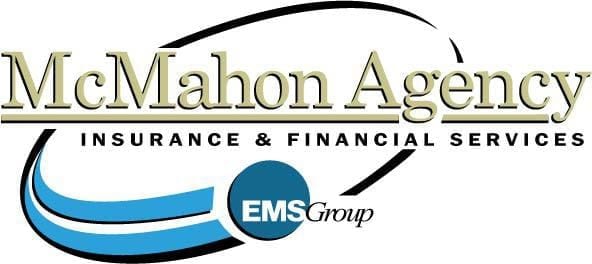The Roth 401(k) was introduced in 2006 and is becoming increasingly more common. The bigger the company, the more likely it is that employees will have the option of contributing to a Roth 401(k). Although the traditional 401(k) and the Roth 401(k) share some similarities, there are also major differences between the two.
What Is A Roth 401(k)?
A Roth 401(k) is a type of retirement savings plan. It allows you to make contributions after taxes have been taken out. When you retire and begin receiving distributions, they will be tax-free. This type of plan was designed to combine the features of a traditional 401(k) and a Roth IRA. With a Roth 401(k), as with a traditional 401(k), you have the advantage of a company match on your contributions, provided it is offered by your employer. You also have the benefit of tax-free withdrawals, as you would with a Roth IRA.
What Do Traditional 401(k)s & Roth 401(k)s Have In Common?
Traditional and Roth 401(k)s are both workplace retirement savings plans. They give you the convenience (and discipline) of having your contributions withheld from your paychecks.
Both types of 401(k) can include a company match on contributions. Most employers who offer a 401(k) or a similar product match employee contributions. This is free money that can significantly accelerate retirement savings.
The traditional 401(k) and the Roth 401(k) have the same contribution limits. The limit of $19,000 in 2019 increases to $19,500 as of 2020. Employees age 50 and older are eligible for catch-up contributions of $6,000 in 2019, which increases to $6,500 in 2020. The limit on combined employer and employee contributions is $56,000 for 2019, increasing to $57,000 in 2020. For individuals eligible for catch-up contributions, the combined employer-employee contribution limit is $62,000 in 2019, increasing to $63,000 in 2020.
What Are The Differences Between 401(k)s & Roth 401(k)s?
The major difference between the two types of 401(k) is how your contributions are taxed. A Roth 401(k) is a post-tax retirement savings account, whereas a traditional 401(k) is pre-tax. When you contribute to a Roth 401(k), your contributions have already been taxed. With a traditional 401(k), your contributions go in before they are taxed, which lowers your taxable income.
Withdrawals from a Roth 401(k) are not taxed, which gives you tax-free savings for your retirement years. The money you put in, and its growth, are all yours when you are ready to retire. The exception is employer matching funds, which are still taxable in retirement. You will pay income tax on any distributions you receive from a traditional 401(k).
Another difference between the two types of 401(k) is access to your money. With a traditional 401(k), you can start receiving distributions at age 59 ½. With a Roth 401(k), you can also start withdrawing money without penalty at age 59 ½, provided you have held the account for a minimum of five years.
Both the traditional 401(k) and the Roth 401(k) have important benefits. In determining which is better, it mainly comes down to whether you want to pay income tax on your contributions now, or after you retire. Our experienced agent can assist you in choosing a retirement savings plan to suit your needs.
